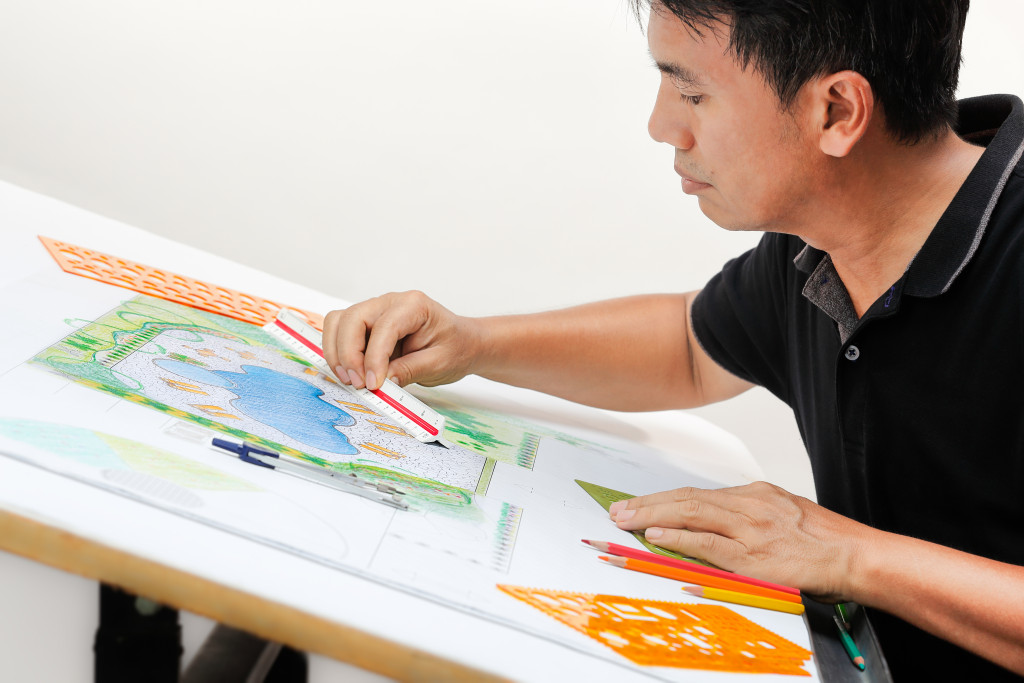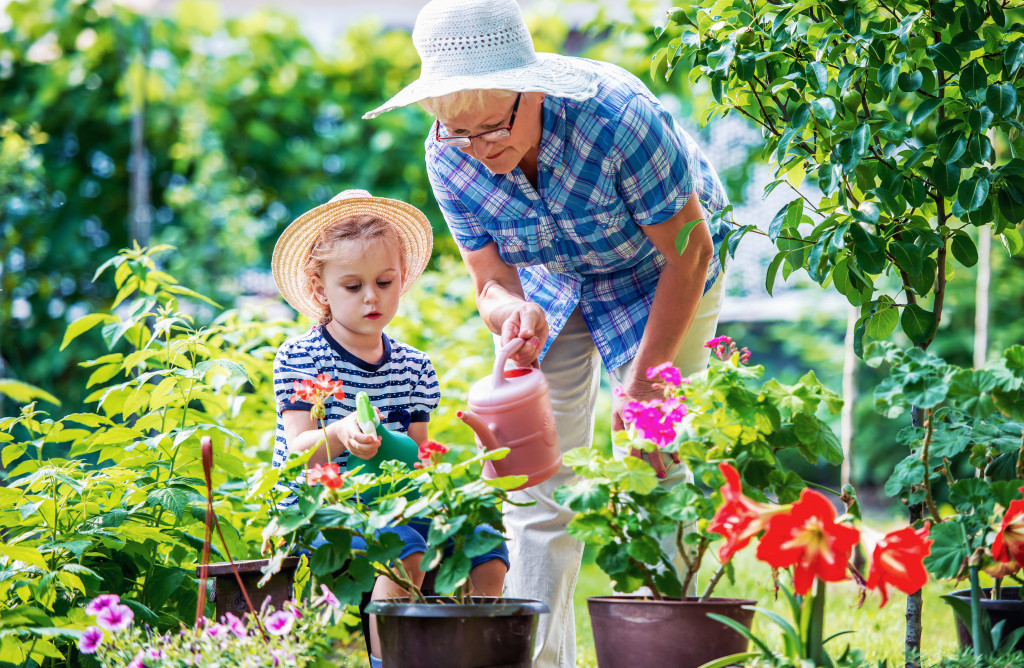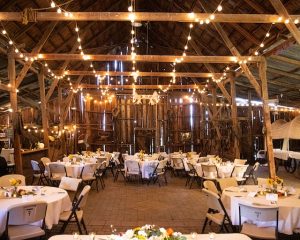- Start by making a plan for the layout of your garden, including areas for flowers, a pond, and a play area.
- Choose plants that are native to the area for maximum growth and attract wildlife with brightly colored flowers.
- Incorporate sensory elements such as wind chimes and musical instruments to stimulate curiosity and engage all the senses.
- Create different play areas such as swings, a climbing frame, and a treehouse for your children to explore.
- Add water features such as fountains, pools, and ponds to bring the garden alive.
Have you been looking for ways to bring your children closer to nature? One of the best ways to do so is by designing your perfect garden. A set of flourishing plants, beds of flowers, a small pond, and a vegetable patch are just some of the unique features you could add to your garden to help create an immersive and exciting experience for your children. Here are the steps you can take to design the perfect garden for your children.
Start with a plan:
Before you begin designing your garden, it’s essential to put together a plan of what you want for the garden. You can start by sketching the layout of your garden and the different features that you want in it.
This can include areas for flower beds, a space for a pond, a patio, and a play area for your children. Planning ensures that you get the most out of your garden and also helps you to outline the features that you want to put in the garden.
If possible, you should try to provide an area of the garden that is free from obstruction, so your children can move freely within it. This will help them connect with nature in an intimate and meaningful way.

Choose the right plants:
Once you have a plan in place, it’s time to choose the right plants to add to your garden. You can choose plants that are native to your location to ensure that they will be well-adapted to the local climate and will be more than likely to thrive.
Additionally, consider adding brightly colored plants and flowers that will attract butterflies, birds, and other wildlife to your garden. Children love to see the array of colors and creatures that visit their garden.
To prepare your soil for planting, you should add organic matter such as compost and manure. This will ensure that the nutrients in the soil are sufficient for the plants to grow.
Incorporate sensory elements:
Children love experiences that engage all of their senses, so it can be great to incorporate sensory elements into your garden. Sensory features are perfect for encouraging children’s curiosity and enjoyment of nature. Here are some ideas:
Create different play areas:
Children thrive whenever they play outdoors, so it can be beneficial to design a range of play areas in your garden. Consider investing in swings, a climbing frame, or even a treehouse.
You could also create a small vegetable patch where they can help plant and harvest their own vegetables. Creating different play areas will give children separate spaces to play and enjoy nature.
Build a sandpit:
A sandpit is a great addition to any garden as it provides children with a safe environment where they can explore and create. It’s also an excellent way for them to develop their motor skills and have fun at the same time.
Add wind chimes:
Wind chimes or outdoor instruments are excellent additions to any garden. They provide a beautiful tinkling sound that will create a calming atmosphere in the garden. Plus, they can be used as teaching tools for children to understand how music is created from nature.

Embrace water:
Lastly, embrace the power of water and add aesthetic water feature design to your garden. Children will love exploring and playing in the water. Here are some additions to consider:
Fountains:
Fountains are an excellent addition to any garden as they provide a calming atmosphere and can also act as a great teaching tool for children. They are often made of stone or metal and feature a recirculating pump that brings fresh water from the ground to the surface. Fountains come in various styles and sizes, so you can choose one that fits the size and design of your garden.
Pool:
Pools are a great way to bring a bit of fun into your garden. You can choose from an array of different designs and sizes for your pool, depending on the space you have in your garden. You can also opt for an inflatable pool or a kiddie pool for smaller gardens.
Ponds:
A fish pond is another beautiful addition to any garden, as it encourages children to observe nature in action. It provides a home for different kinds of aquatic life, such as frogs and koi fish. A fish pond can also act as an attractive feature in your garden, so you may want to consider adding it.
Designing your perfect garden is a surefire way of bringing your children closer to nature. By following these simple steps, you will be able to create a garden that is exciting, educational, and serene for your children to explore and enjoy. Remember, the key to designing the perfect garden is all about planning, selecting the right plants, incorporating sensory elements, creating different play areas, and embracing water.



















